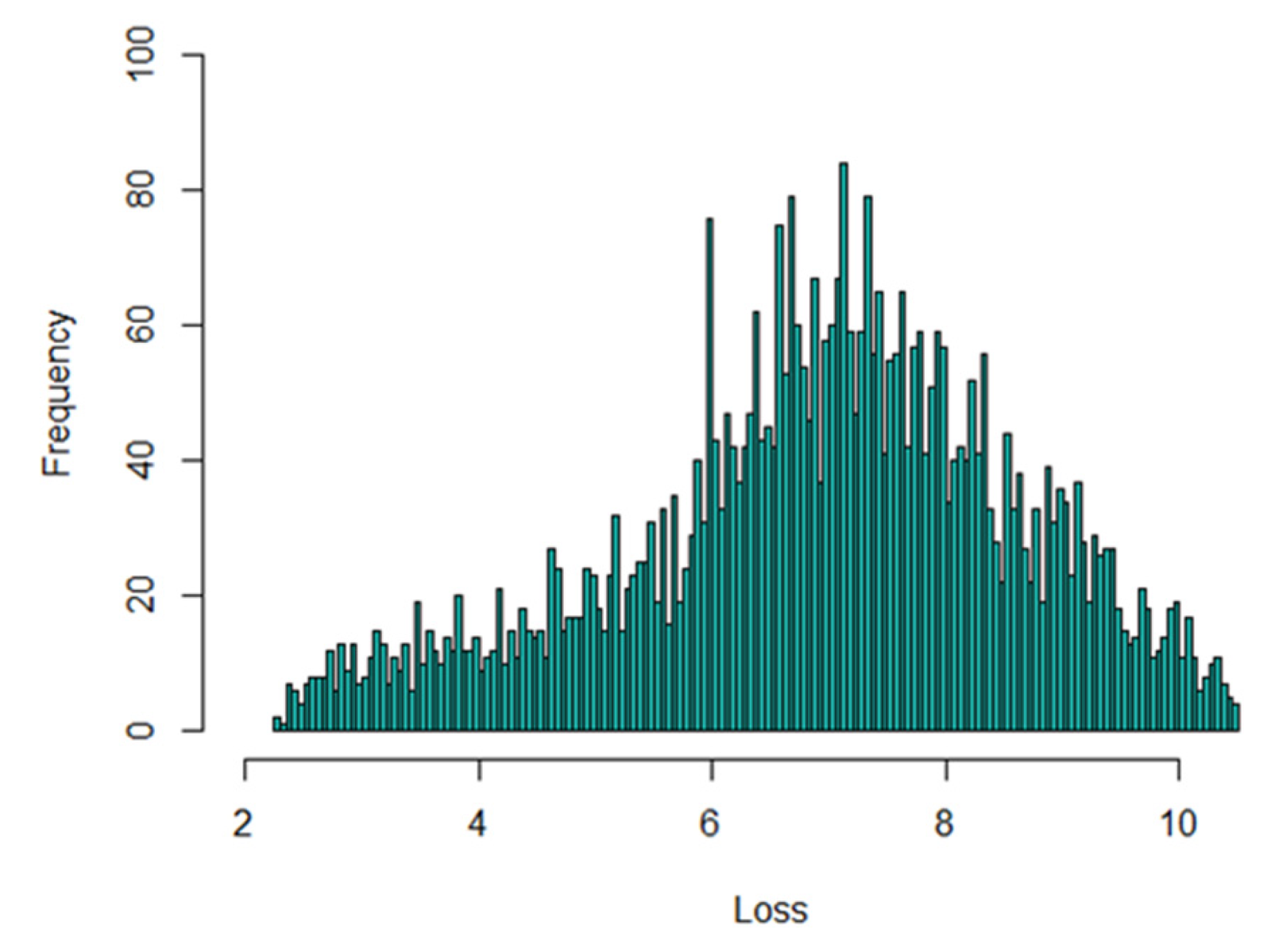How to get a motorcycle License in Scotland?Understanding how car insurance premiums are determined can be complex, especially when comparing systems across different regions. In Europe, many countries employ the Bonus–Malus system, which adjusts premiums based on a driver’s claim history. Conversely, in the United States, insurers often use credit-based insurance scores to assess risk and set rates. This article delves into these two approaches, highlighting their methodologies, benefits, and potential drawbacks.
Europe’s Bonus–Malus System: Rewarding Safe Drivers
The Bonus–Malus system is prevalent in many European countries, including France, Luxembourg, and Italy. Here’s how it works:
- Starting Point: New drivers typically begin with a neutral rating, often set at 11 on a scale where 0 represents the best and 22 the worst.
- Bonuses: For each claim-free year, drivers move closer to 0, earning discounts on their premiums.
- Maluses: Conversely, each claim can push a driver closer to 22, increasing their premiums.
- Impact: A driver with a history of claims may face significantly higher premiums, while a claim-free driver enjoys lower rates.
For instance, in Luxembourg, the bonus-malus scale ranges from 22 (maximum penalty) to -3 (maximum bonus), with each level corresponding to a percentage of the base premium .
U.S. Credit-Based Insurance Scores: Assessing Financial Responsibility
In the United States, insurers often use credit-based insurance scores to determine premiums. These scores are derived from an individual’s credit history and are separate from traditional credit scores. Key points include:
- Factors Considered: Insurers evaluate credit history, outstanding debt, payment history, and other financial behaviors.
- Correlation with Risk: Studies suggest a link between credit behavior and the likelihood of filing insurance claims.
- State Regulations: Some states, like California, Hawaii, and Massachusetts, have restrictions or bans on using credit scores for insurance purposes .
For example, drivers with poor credit may pay significantly higher premiums than those with excellent credit, even if they have similar driving records .
Comparative Overview
| Feature | Bonus–Malus (Europe) | Credit-Based Scores (U.S.) |
|---|---|---|
| Basis | Claim history | Credit history and financial behavior |
| Impact of Claims | Direct increase in premiums | Indirect; may affect premium through credit score |
| State/Regional Variations | Less variation; more standardized | Varies significantly by state |
| Regulatory Oversight | Generally regulated by national laws | Varies by state; some states have restrictions |
Considerations for Drivers
- European Drivers: Maintaining a claim-free record is crucial for benefiting from lower premiums. It’s advisable to drive safely and consider the implications of each claim on future insurance costs.
- U.S. Drivers: Regularly monitoring and improving your credit score can lead to more favorable insurance rates. Paying bills on time and reducing outstanding debt are effective strategies.
Related Information
For those interested in obtaining a motorcycle license in Scotland, it’s essential to understand the requirements and processes involved. How to get a motorcycle license in Scotland? provides comprehensive guidance on the steps to take, including necessary training and tests.
Conclusion
Both the Bonus–Malus system in Europe and credit-based insurance scoring in the U.S. aim to assess and manage risk, but they do so through different lenses—driving behavior versus financial history. Understanding these systems can help drivers make informed decisions about their insurance and take proactive steps to manage their premiums.


